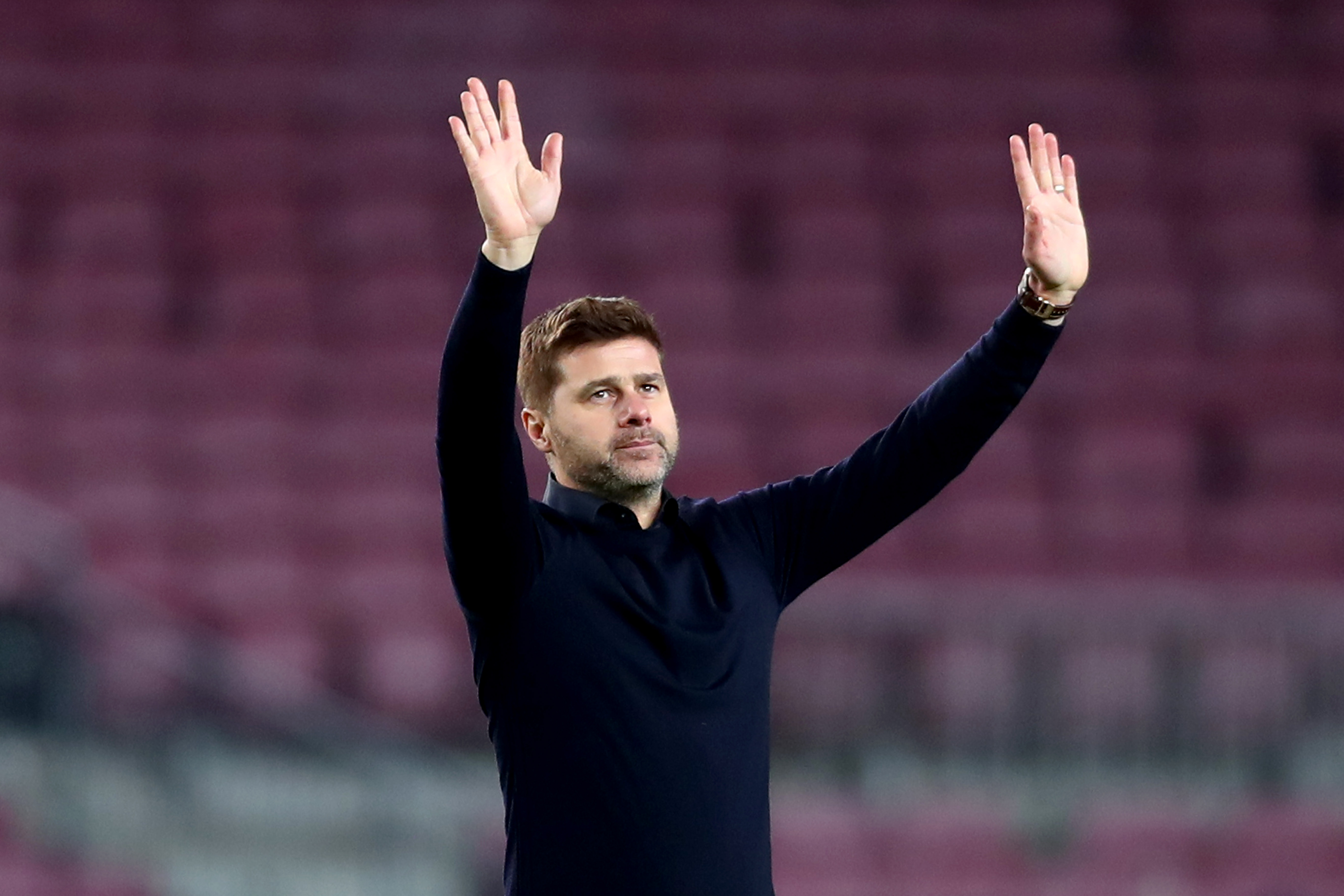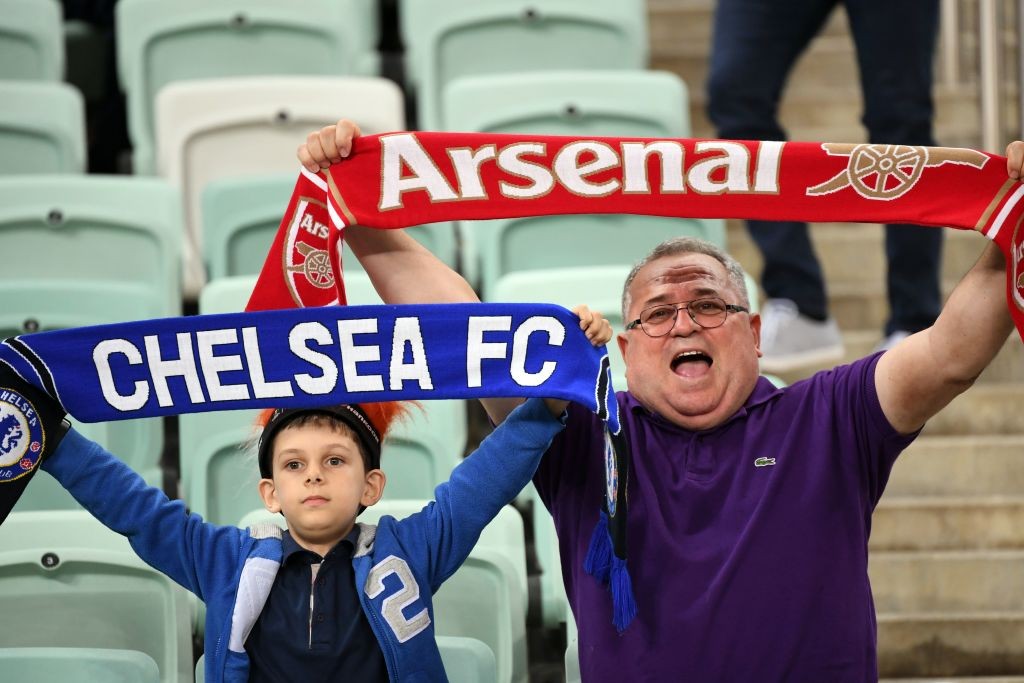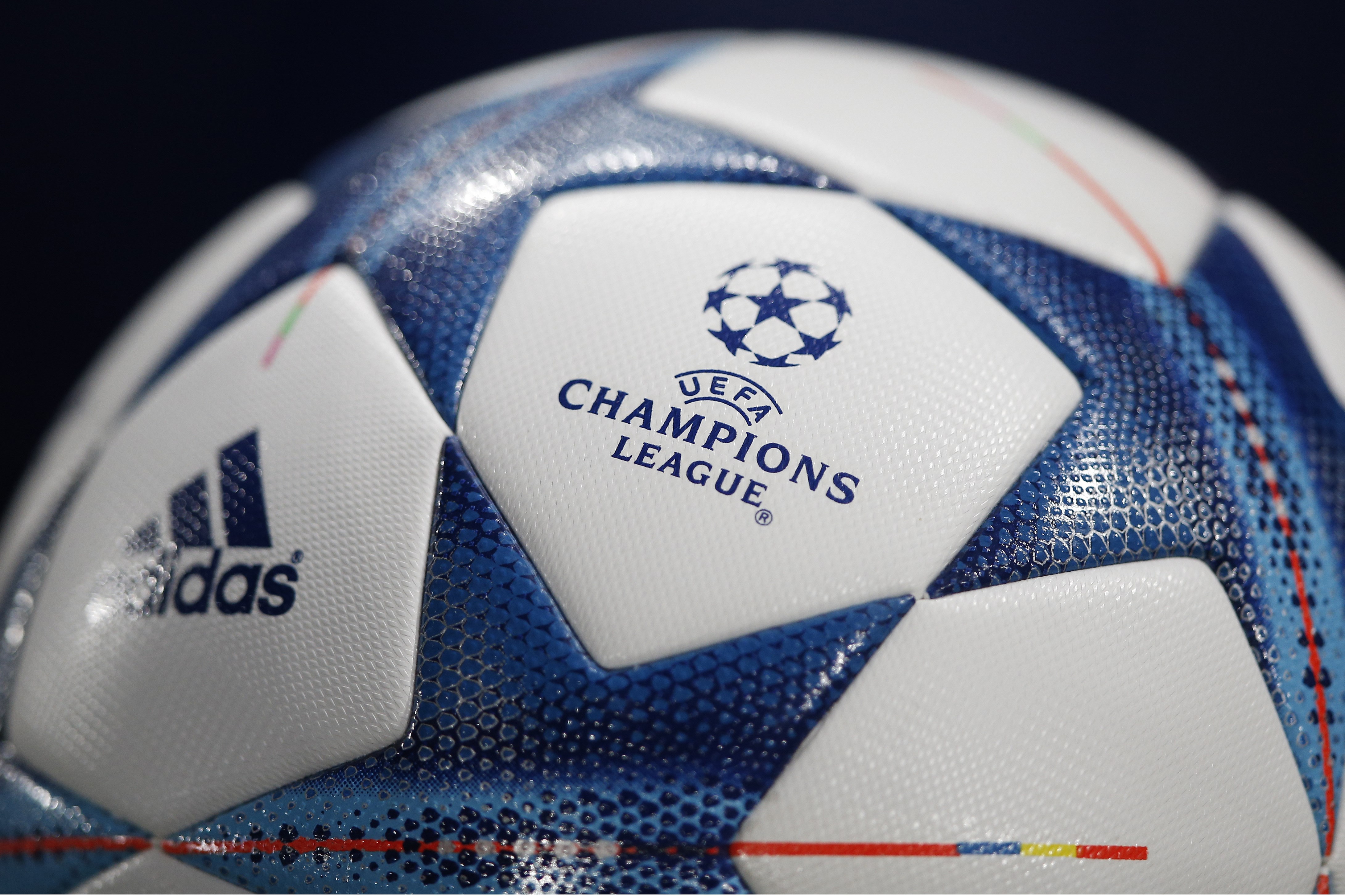It is April 15, 1989. Liverpool are set to play Nottingham Forest in the FA Cup semi-final. The Hillsborough Stadium, home to Sheffield Wednesday, is playing host to a sold out match and is set to hold over 53,000 fans, with a place in the final of the prestigious competition on the line.
Supporters from both the clubs flock to the ground, as they prepare to cheer their teams on for 90 minutes. For 96 of the Liverpool fans, though, it would turn out to be a harrowing Saturday, while also scarring fans past and present. But, what exactly happened on the fateful day that made it the worst stadium-related disaster in British sport history?
As was prevalent at the time, segregation of fans of the two clubs participating in a match was enforced strictly, as hooliganism was rife at the time. So, Liverpool supporters were assigned to the Leppings Lane end at Hillsborough, so as to avoid a situation wherein they came in contact with the Nottingham Forest fans.
This is where the problems began. It is important to note that Leppings Lane is the smaller of the two ends of the stadium and the way towards the turnstiles was shaped like a funnel. Add to it the fact that there were only seven turnstiles to let 10,100 fans with tickets for the standing terraces and it had all the makings of a disaster.
Before we move to the more crucial part of the tragedy-in-the-making, another notable information is about how the standing terraces were divided into “pens” by high fences, which essentially enclosed people into blocks while separating them from the ground.
Once fans were through the turnstiles, they could access either pen 3 or 4 in straightforward fashion. As for the first two pens, it was to be noted later on that the direction to pens 1 and 2 were marked poorly, which would indirectly mean that pens 3 and 4 would go on to be overcrowded before disaster eventually struck.
To make matters worse, the command of the match was handed to Chief Superintendent David Duckenfield, who had little experience in taking charge of football games. Under his tutelage, there had been no system to ensure fans were evenly distributed into the four pens.
Instead, it was shockingly revealed how the police expected fans to “find their own levels”. Ahead of the match, though, the crowd was bulging up exponentially, with the limited number of turnstiles slowing down the movement into the stadium. In fact, with just half an hour left till the start of the match, nearly 6,000 fans were still waiting to enter the stadium.
Delaying kick-off was deliberated, but Duckenfield decided against it. As the start of the match neared, the congestion was only getting worse, especially near exit Gate C. With crowd becoming more difficult to manage by the minute and people starting to get crushed, it was hastily decided that Gate C would be opened.
The sudden influx of fans made their way towards Pens 3 and 4; the tragedy was mere moments from unravelling. With more and more people hoarding towards the standing terraces, fans started to be pressed up against the fence separating the stand from the pitch.
The official combined capacity of Pens 3 and 4 was around 2,200, a number which was last updated in 1979. In the decade since, modifications had been made to the stadium, meaning the capacity would likely have reduced. In just the last 10 minutes ahead of kick-off, around 2,000 fans had made their way to the two terraces!
Some quick calculations can tell you just how badly the stream of fans was managed by the police as well as the stadium organisation – remember the badly marked directions to Pens 1 and 2? Just six minutes into the start of the match, Superintendent Roger Greenwood rushed onto the ground to ask the referee to stop the match. It was already too late by then.
People had already been getting crushed much before the match even began and attempts to escape by climbing the fences proved to be futile, which meant that as many as 96 Liverpool fans would end up losing their lives due to the effects of the disaster.
The youngest victim was just 10 years old, his entire life being in front of him. 37 of the 96 were still in their teens. Those injured were in several hundreds. The gruesome aftermath that unfolded saw fans having to tear up the advertisement boards to create stretchers and help those who were in agony. A major shock factor, though, was yet to even unfold.
As things went from bad to worse, the people in-charge were slow to respond. Incredibly, the police as well as the South Yorkshire Metropolitan Ambulance Service took an eternity to declare a major incident, which eventually delayed the response time.
What was even more startling was that the initial reporting by the police was that of “crowd trouble”, which would, in turn, resonate in The Sun’s disgraceful reporting of the incident. As for the emergency response, a mere two ambulances reached Leppings Lane, meaning just 14 of the 96 Liverpool fans who died on the fateful date were admitted to the hospital.
Chief Superintendent Duckenfield’s lack of experience in overseeing football matches was brutally exposed. However, the fact that police were pushing the story of the Liverpool fans being at fault for the crush was downright shameful to say the least.
Even more appalling was the fact that The Sun labelled their report The Truth, wherein they claimed that fans had picked the pockets of those who had passed away. The most surprising aspect about these bizarre claims was the fact that the police knew this was untrue, as they had made routine logs of all the cash and other property found on each person.
The Sun even went so far to claim that “drunken Liverpool fans viciously attacked rescue workers as they tried to revive victims” and “police officers, firemen and ambulance crew were punched, kicked and urinated upon”.
The direct impact of the distasteful reporting meant that much of the city of Liverpool boycotted the newspaper, while the Reds’ fans swear by refusing to even mention The Sun. Why would they? After all, The Sun’s apology appeared to be just a formality, while Kelvin MacKenzie, editor of The Sun during the Hillsborough coverage, even went back on his personal apology back in 2006.
It was only after Liverpool fans were finally absolved of any wrongdoing years and years after the disaster first unfolded did MacKenzie “profusely apologised”. That was too little, way too late, though.
However, amid all the doom, gloom and absurd accusations, there was some silver lining to be seen. The Taylor Report, which was an enquiry overseen by Lord Justice Peter Murray Taylor, concluded that the police were to be blamed for poor planning and an inadequate response.
Furthermore, reforms for football venues were proposed. This would be the first step to ensure that standing terraces would become a thing of the past, with the stadiums being entirely covered with seating areas to prevent overcrowding.
However, the 96 Liverpool fans who were no more, and several others traumatised by the incident, have still not full received justice despite the latest ruling being that they were unlawfully killed due to crushing.
Decades after the police were blamed for poor planning and inadequate response by the Taylor Report, Duckenfield was found not guilty of manslaughter by gross negligence. To this day, banners reading “Justice for 96” are unfurled year after year, with the rulings only partially vindicating those affected over 30 years ago.
Next month would be the 31st anniversary of the day when disaster had first struck. And, while those in attendance at Hillsborough are no longer blamed for the disaster, Liverpool fans old and new continue to be affected by the incident.
This could be seen just a few years after that fateful day as well, as at least three people who had survived were known to have committed suicide, while another Liverpool fan had spent eight years in psychiatric care. The lingering effects of the tragedy had caused other irreparable damages as well, but incredibly still, Duckenfield was absolved of gross negligence.
For those who will take in the positives, though, clubs, including the bitterest of rivals, continually stand in solidarity with Liverpool and their fans in paying their respects to the 96 people who lost their lives. Stadiums are safer than ever before for fans to enjoy their teams in action. Alas, it took such a disaster for the correct decisions to be taken.
Indeed, those who lost those closest to them will not be getting their dear ones back. If only the kick-off was delayed. If only, Hillsborough was better equipped to deal with a sudden influx of fans. If only the emergency response was more prompt. If only…




It’s a bit contradictory to say that the fans were only absolved of blame “years and years” after the incident and then to mention the Taylor report which exonerated them back in 1989.
It’s just not true to say that the fans were wrongly blamed. Taylor made it clear in 1989 that they were not at fault.